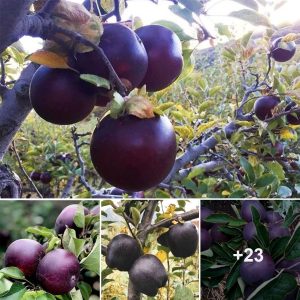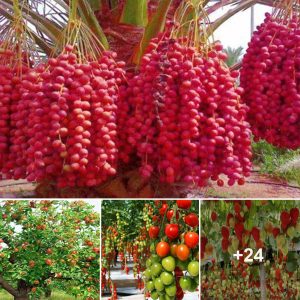An active ingredient in willow can kill many types of cancer cells, especially neuroblastoma, a type of cancer that often appears in children and is very difficult to treat.
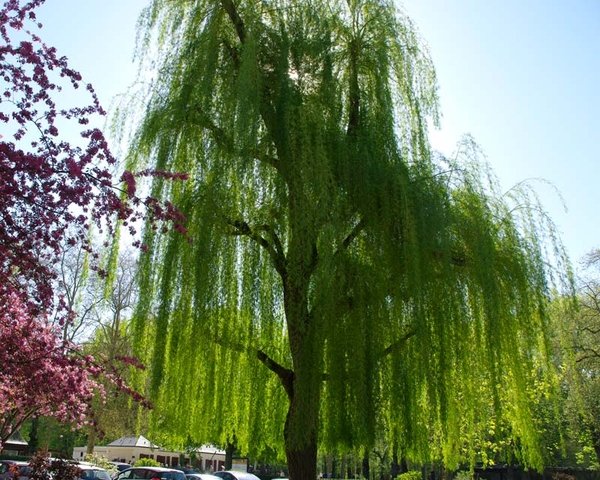
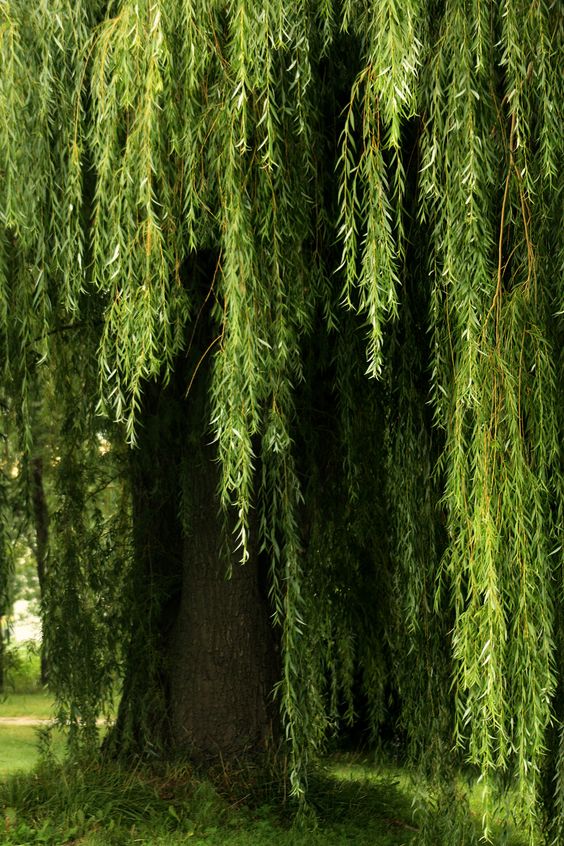
More than a century ago, when fever-reducing drugs had not yet been prepared, people used extracts from the branches and leaves of the willow tree as a natural herb. Recently, scientists have discovered another special medicinal property of this plant, which is cancer treatment.
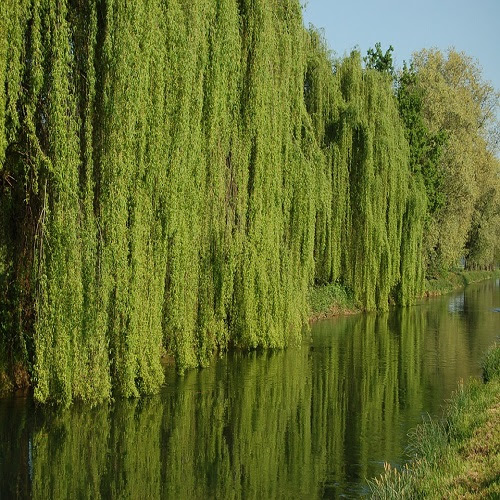
The research team, in collaboration with scientists from the Rothamsted Research Institute and the University of Kent, discovered a compound within the willow tree called miyabeacin, which has the ability to kill many different types of cancer cells , even drug-resistant cells.
“Notably, the activity of miyabeacin can fight neuroblastoma, a type of cancer that often appears in children and is very difficult to treat,” the research team wrote in their scientific article.
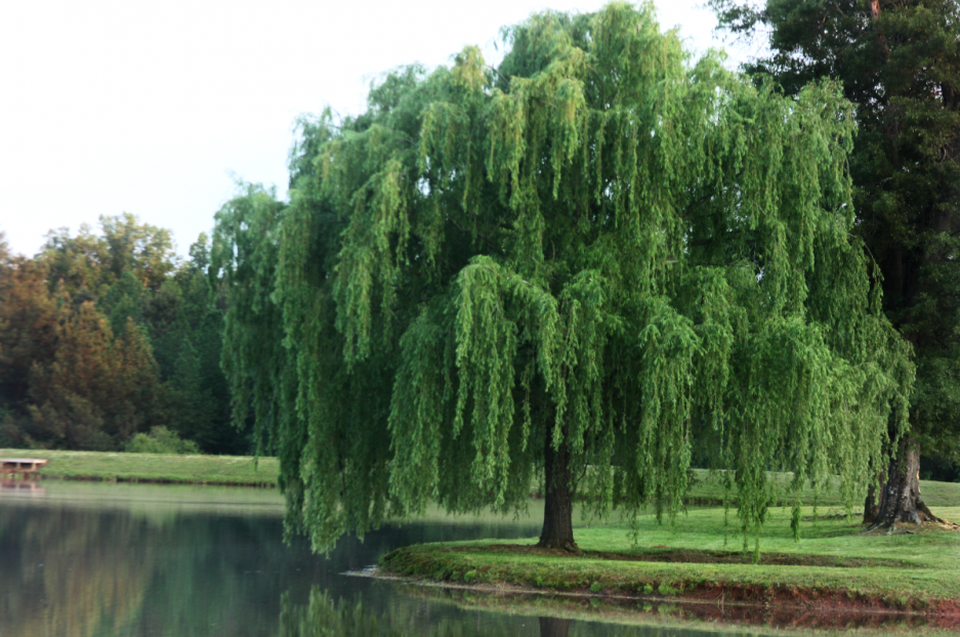
Professor Mike Beale, representative of the research team, analyzed: “Cancer’s resistance to treatment methods is a big problem that medicine is facing. Therefore, it is necessary to continuously search for new drugs, with new ways of attack, and miyabeacin is a promising factor in this regard. In terms of structure, miyabeacin contains two salicin groups, helping to provide anti-inflammatory and anticoagulant effects that are twice as effective as the commonly used aspirin. Our research has also added additional medicinal properties to willow, compared to what we knew before.”
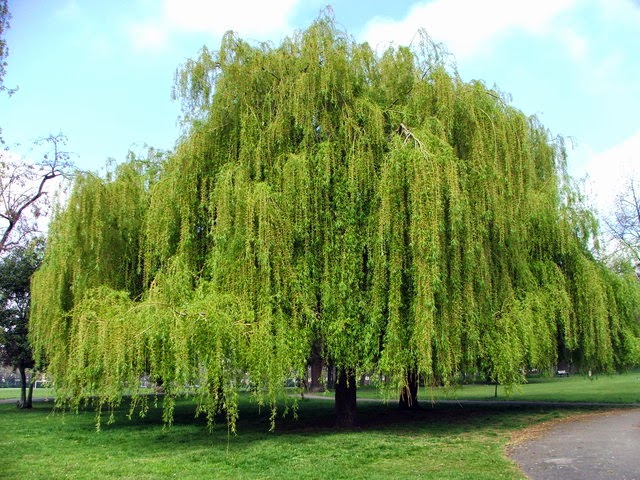
During the experiment, the authors tested the ability of miyabeacin to treat a number of cancer cell lines such as breast cancer, esophageal cancer, ovarian cancer, and neuroblastoma. The results showed that miyabeacin has the ability to effectively kill these cell lines, especially drug-resistant neuroblastoma cell lines, which often appear in patients with stage 4 neuroblastoma.
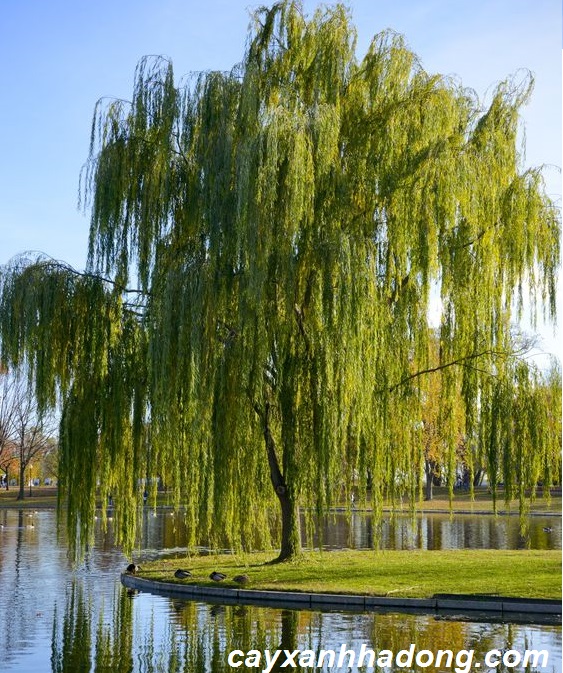
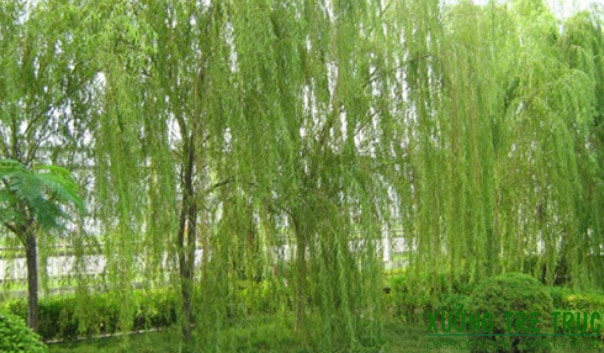
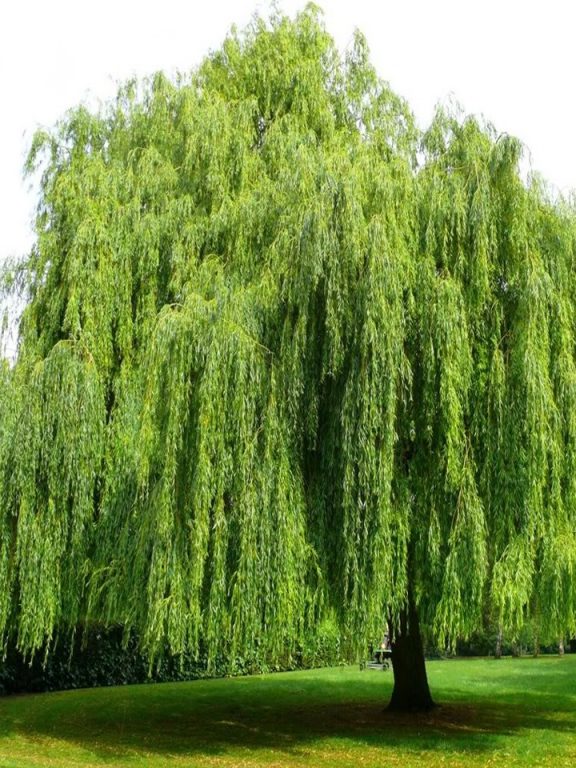
Professor Beale shared that, in the next step, his team will increase miyabeacin production, by cultivating willow trees, to have enough material for future tests.
